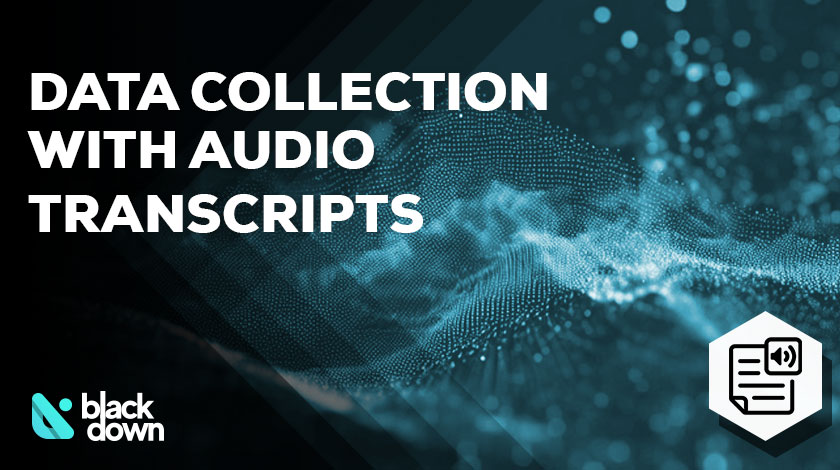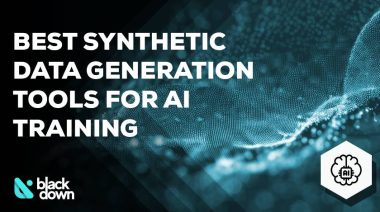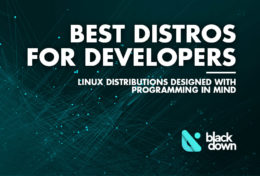Ever notice how web scraping mostly focuses on text? There’s a ton of valuable info sitting in podcasts, YouTube videos, and conference talks that most companies completely miss. It’s a real gold mine of data just waiting to be tapped.
The good news is that audio transcription tech has gotten good enough that you can actually add speech to your data collection pipeline now. I’ve tested quite a few solutions on different projects, and modern transcription engines handle real-world audio surprisingly well – even with background noise, multiple speakers talking over each other, and technical jargon.
Here’s how to get started with this untapped source of intel.
What Makes Modern Transcription Actually Work?
If you tried speech recognition back in 2018 or 2019, you probably gave up after seeing too many weird misinterpretations. What changed?
The main breakthrough was neural networks trained on massive datasets. OpenAI’s Whisper model learned from 680,000 hours of audio across 98 languages. That’s like listening non-stop for 77 years! This huge training dataset helps it handle different accents, background noise, and specialized terminology much better than older systems.
Modern transcription isn’t just matching sound patterns to words anymore. It’s analyzing the visual patterns of sound frequencies and looking at the context of entire phrases. This awareness of context is why today’s systems can tell the difference between similar-sounding words based on what else is being said.
Picking a Transcription Engine
After running tests on several options, here’s what I found works best for different situations:
Whisper (OpenAI) does great with accents and noisy environments. You can use it via API or self-host it, so it works well for different privacy needs.
Google Speech-to-Text supports a ton of languages (over 125) and lets you add domain-specific vocabulary to improve recognition accuracy – really handy for technical content.
AssemblyAI comes with built-in features to identify different speakers, detect topics, and analyze sentiment, which saves a lot of post-processing work.
Deepgram is the speed champ with super-fast response times (under 300ms), making it ideal for real-time applications.
When I tested these on technical conference talks, earnings calls, and interview podcasts, no single solution won across all categories. For tech content with specialized terminology, Google’s customizable vocabulary worked best. For noisy podcast interviews, Whisper consistently came out on top.
Quick reality check: vendors love to advertise 95%+ accuracy, but those numbers assume perfect audio quality. For typical web audio, expect more like 75-85% accuracy in the real world.
API vs. Self-Hosted: Which Way to Go?
The biggest decision you’ll need to make is whether to use cloud APIs or set up your own transcription engine.
Cloud APIs are simple and scale easily, but they get pricey with high volume. Processing one hour of audio through commercial APIs costs about $1-$2.50. That’s fine for occasional use but adds up fast at scale.
Here’s a basic Python example showing how easy API integration can be:
pythonfrom openai import OpenAI
client = OpenAI(api_key="YOUR_API_KEY")
audio_file = open("interview.mp3", "rb")
transcription = client.audio.transcriptions.create(
model="whisper-1",
file=audio_file
)
print(transcription.text)Self-hosting open-source models like Whisper.cpp takes more technical setup but cuts costs dramatically. With a decent GPU (RTX 3080 or better), you can process audio 5-10x faster than real-time. An hour of audio takes just 6-12 minutes to transcribe.
If you’re not sure which approach fits your project, or you need help setting things up, specialized speech to text integration services can help you get Whisper running for your specific use case. They handle the technical headaches so you can focus on using the transcribed data.
From what I’ve seen, the break-even point is around 500 hours of audio per month. Below that, cloud APIs make more sense. Above that, self-hosting starts looking much more attractive.
Just don’t forget about the hidden costs when considering self-hosting – engineering time and server maintenance add up quickly and trip up many teams looking to save money.
Building an Audio Collection Pipeline
A full audio data collection system typically has seven parts:
- Content discovery – Finding audio sources (RSS feeds, YouTube channels, etc.)
- Download management – Handling rate limits, scheduling, and format conversion
- Audio preprocessing – Cleaning up the audio quality
- Transcription service – Cloud API or self-hosted engine
- Text processing – Pulling out entities, keywords, and structured data
- Storage layer – Keeping both raw files and processed data
- Analysis tools – Dashboards or APIs for using the insights
The transcription service is usually the slowest part. For better speed, split audio into 1-5 minute chunks for parallel processing, then stitch the results back together. This simple trick can cut processing time by 70-80% on multi-core systems.
Handling Common Headaches
Web audio quality is all over the place. Build a preprocessing pipeline that adapts to what it’s working with:
- For studio recordings: Minimal processing, maybe just volume adjustment
- For typical podcasts: Background noise reduction and speech enhancement
- For field recordings: Heavy noise filtering, frequency isolation, and sometimes audio reconstruction
Time spent on quality preprocessing directly improves your transcription accuracy.
Resource Management
Transcription eats up resources. For API-based systems, use adaptive rate limiting that slows down when approaching quotas. For self-hosted systems, batch similar audio files together for better GPU usage.
One trick that’s saved me repeatedly: create a multi-tier priority system. Not everything needs immediate processing – sort content as urgent, standard, or background to optimize your resources.
Edge-Cloud Hybrid Setup
For continuous monitoring needs, try a hybrid approach:
- Run lightweight models at the edge (close to audio sources)
- Do initial transcription with these smaller models
- Filter content based on what matters to you
- Send only the important audio to cloud services for better processing
This setup can cut cloud processing costs by 60-80% while keeping good overall accuracy.
Legal Stuff to Watch Out For
Audio scraping has some extra legal challenges beyond regular web scraping:
- Voice data often gets special protection under privacy laws
- Audio content usually carries copyright protections
- Some places classify voice data as biometric information
Always check the Terms of Service before scraping audio from platforms, only store what you actually need, and think about anonymization for sensitive content.
Getting Started
Audio transcription adds a whole new dimension to your data collection toolkit. Text scraping shows you what people write, but audio scraping reveals what they say – often more honest, detailed, and valuable.
Start small with a focused project. Maybe monitor a few key industry podcasts or conference talks. As you refine your process and see the value in the data you’re getting, you can expand from there.
Remember, perfect transcriptions aren’t the goal – actionable insights are. Even with 80% accuracy, the patterns and information you discover from audio sources can transform your market intelligence and give you an edge over competitors who are missing this data entirely.
Mei Lin Huang
Related posts
Popular Articles
Best Linux Distros for Developers and Programmers as of 2025
Linux might not be the preferred operating system of most regular users, but it’s definitely the go-to choice for the majority of developers and programmers. While other operating systems can also get the job done pretty well, Linux is a more specialized OS that was…
How to Install Pip on Ubuntu Linux
If you are a fan of using Python programming language, you can make your life easier by using Python Pip. It is a package management utility that allows you to install and manage Python software packages easily. Ubuntu doesn’t come with pre-installed Pip, but here…











